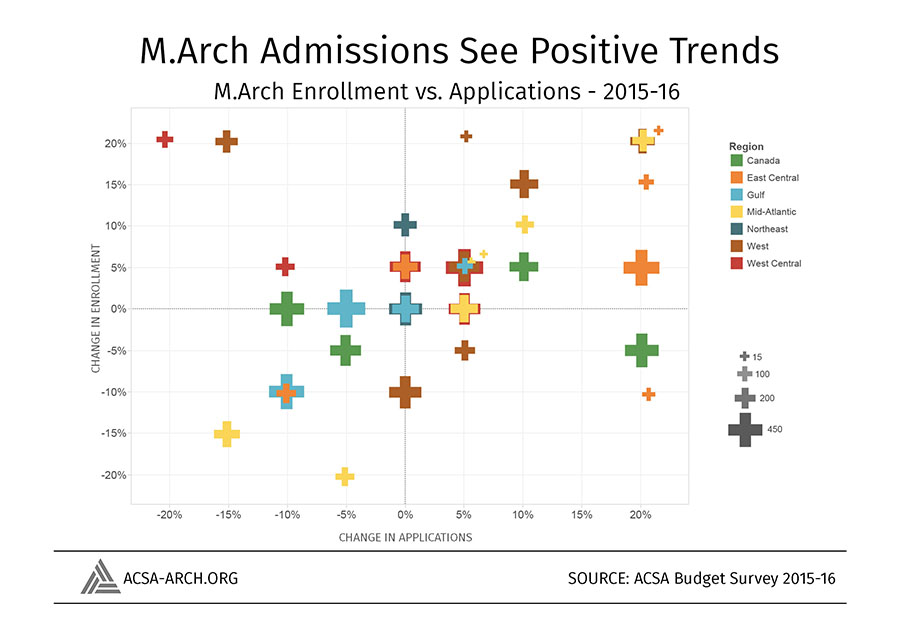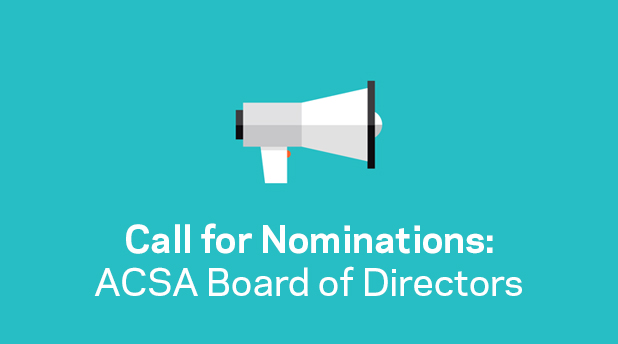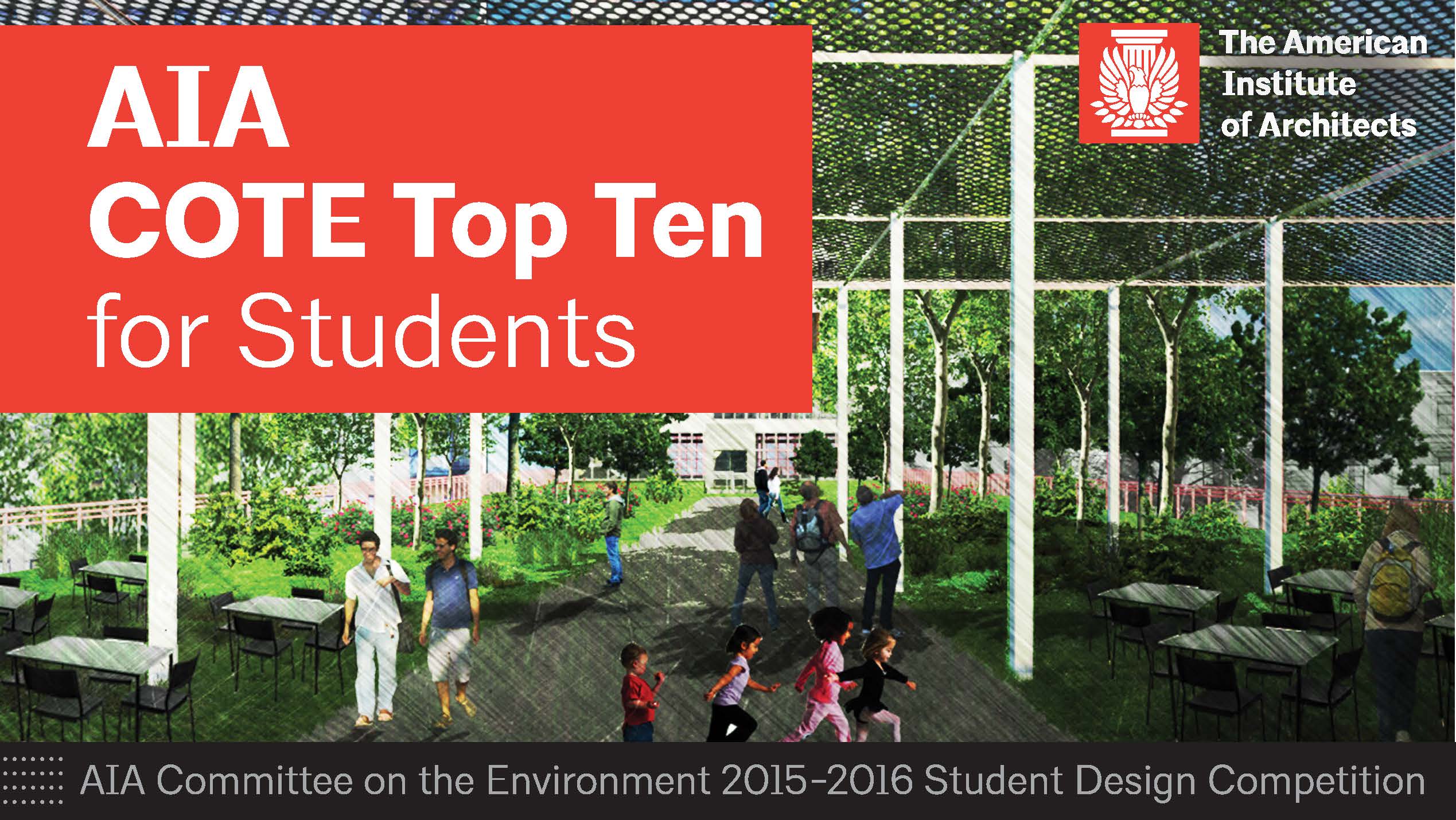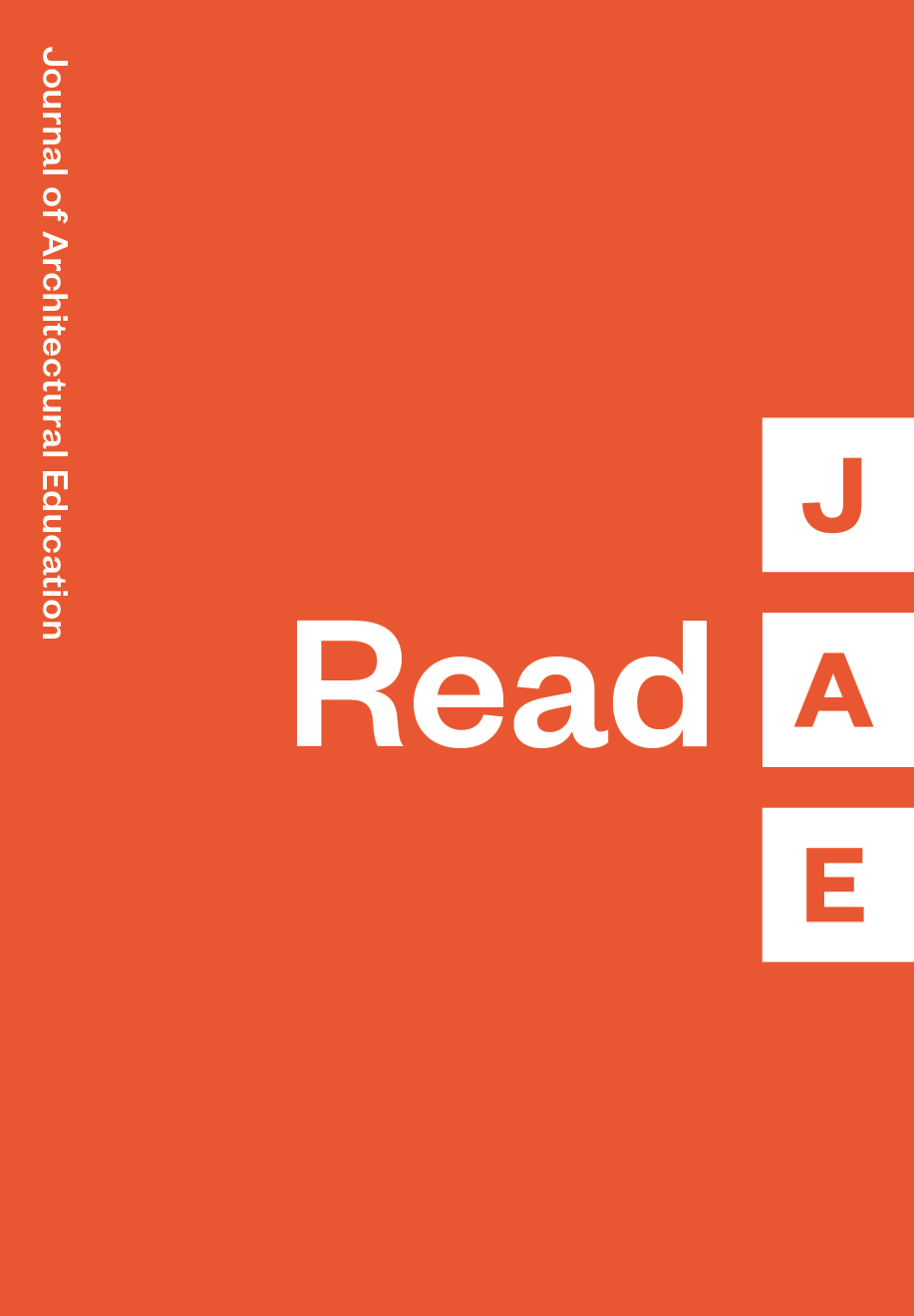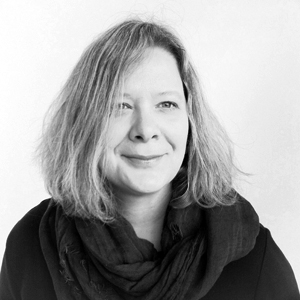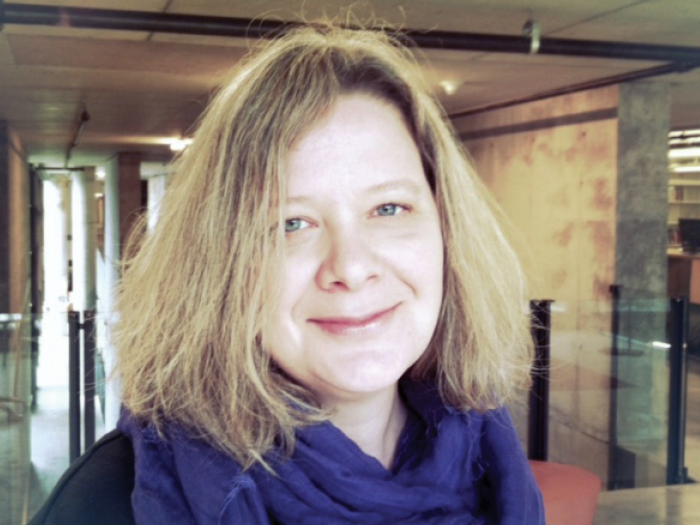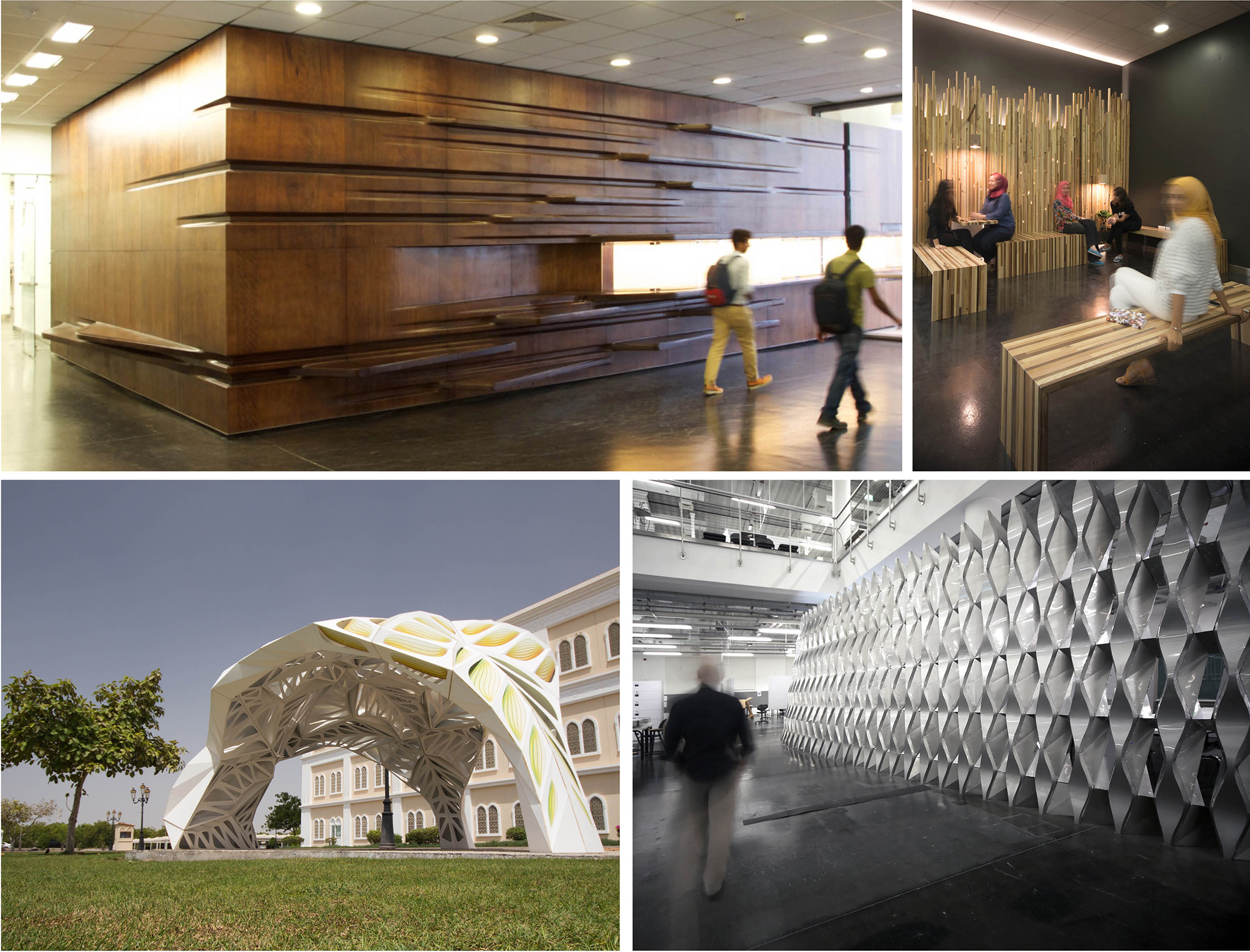The Architects Foundation, along with the American Institute of Architects (AIA) and the Association of Collegiate Schools of Architecture (ACSA), today named six more schools of architecture and public health as members of the AIA Design & Health Research Consortium. The consortium helps translate research on design’s influence on public health into architectural practice for the public, policymakers, and design and public health professionals.
“These additional research teams will add to the influence the consortium is already having with some of the nation’s leading thinkers about the growing connection between design and public health,” said Architects Foundation Executive Director Sherry-Lea Bloodworth Botop. “We chose these new members because their research has the best potential for affecting policy across a wide swath of issues at the intersection of the built environment and public health.”
“The new members add depth to the collective work of the consortium, particularly in areas of physical activity and natural systems,” Michael Monti, ACSA Executive Director said. “Their work will translate findings for practice and add rigorous research that others can build on.”
Over a three-year period, the Architects Foundation, the AIA and its partners will provide institutional support and capacity building for the new consortium members, promoting collaboration through local and national partnerships and enable knowledge-sharing through conference calls and face-to-face events. Whenever appropriate, the AIA and its partners will promote the activities of the consortium with potential funders.
The AIA will also issue an annual report on the activities and accomplishments of the consortium members. Today, the Architects Foundation issued its first annual report on the activities of the consortium’s original 11 members.
The new Consortium member teams are:
• Morgan State University. The university, a Historically Black Institution (HBI) in Baltimore, is committed to the education of minorities. The University’s Community, Design, Health (CDH) Forum was initiated in August. This forum encourages interdisciplinary research on the relationships among community, design, and health. Its goal is to engage students from multiple departments–architecture, planning, landscape, sociology, public health, and psychology, and nursing–with academic and professional conversations about health and design. Using Baltimore’s urban infrastructure as the background for understanding public health concerns, CDH aspires to develop undergraduate and graduate students who can identify, design, and develop healthy environments.
• University of Memphis School of Public Health. Memphis and its Delta region, with some of the highest rates of poverty in the nation, leads the country in many public health challenges, such as obesity, diabetes, hypertension and other chronic diseases. Yet walking safely is a challenge that restricts many individuals from enjoying their neighborhood gaining access to goods and services by foot. Memphis has one of the highest pedestrian fatality rates in the country, with between 300 to 400 pedestrian injuries every year and between 10 to 20 pedestrian fatalities. The school’s Memphis Walks’ initiative focuses on improving quality of life through improved walkability, promoting physical activity, improved air quality, and social cohesion via walking. Its goals are to further document the importance of walkability to public health and wellbeing as well as make the case for why walking more should be a priority in urban neighborhoods.
• School of Architecture, University of Minnesota. While the connections between health and the physical environment are increasingly better understood, little exists to guide and coordinate the activities of architects responsible for designing these environments. The school’s team of health-focused, human-centered systems designers, architects, and public health experts plan to engage in “in situ” research and collaborate with a low income urban community in Minneapolis to develop a systematic Design + Health Equity scorecard to 1) aid in identifying key community specific environmental assets and barriers to health equity needs and 2) offer tangible tools that guide the design/redesign at the building- block and community level.
• School of Architecture, University of Virginia. According to the American Institute of Stress, nearly one in five of American adults – or around 40 million Americans- suffers from stress-related anxiety disorders. The World Health Organization in 2011 found that 31 percent of Americans are likely to suffer from an anxiety problem at some point during their lifetimes – the worst rate in the world. Work- related stress and depression is the largest occupational health problem in the USA, and the key cause of absenteeism. This project establishes a stress environment consortium to build evidence on how urban green infrastructure (UGI) – including natural typologies like green walls/roofs can support stress mitigation and, in turn, promote health resilience and protection from chronic disease. Its goal is to develop a new national capacity to measure and understand the link between UGI and stress mitigation, including gender, race and income disparities.
• University of Washington, Department of Architecture. The University of Washington team focuses on health in the built environment in their established research initiatives at building and community levels. These initiatives include using Seattle’s Bullitt Center, which was designed to meet the Living Building Challenge, as a laboratory to test the intersection between health and the built environment on multiple scales, research on design and technology fostering energy efficiency and healthy human environments, and interdisciplinary teaching initiatives in health and the built environment. Through their multidisciplinary research and strong connection with practicing Architecture, Engineering, and Construction professionals, the team is well poised to make significant contributions to four of the six AIA Research Consortium’s approaches to health.
• Washington University in St. Louis, Sam Fox School of Design & Visual Arts and Brown School of Social Work. The Sam Fox School’s Center for Health Research & Design uses design research methods to develop new knowledge that leads to innovative solutions for improving the experience of health and delivery of care from the community to the hospital and back. The Brown School’s Prevention Research Center explores behaviors that place Americans at risk for chronic diseases such as obesity, cancer, and stroke among vulnerable populations. The schools’ multidisciplinary research teams have collaborated on projects that address how environmental factors impact health conditions and in turn the sustainability of our communities, often intersecting with natural systems that also support the overall connectedness of the residents.
The AIA has organized its design and health initiative around six evidence-based approaches that architects can use at the building and urban scale. These six approaches—environmental quality, natural systems, physical activity, safety, sensory environments, and social connectedness—recognize that the physical environment creates health opportunities and facilitates positive health behaviors.
See these six approaches to achieving health through built environment design & policy here:
http://www.aia.org/aiaucmp/groups/aia/documents/pdf/aiab104538.pdf
About the Architects Foundation:
The Architects Foundation preserves, honors and advances excellence in design for the benefit of the public. As a nonprofit philanthropic extension of the American Institute of Architects, the Architects Foundation is the preeminent voice and advocate for architecture and design in America. The Architects Foundation is dedicated to the belief that good design is good for all and plays an essential role in transforming lives and building a better world.
About The American Institute of Architects
Founded in 1857, members of the American Institute of Architects consistently work to create more valuable, healthy, secure, and sustainable buildings, neighborhoods, and communities. Through nearly 300 state and local chapters, the AIA advocates for public policies that promote economic vitality and public wellbeing. Members adhere to a code of ethics and conduct to ensure the highest professional standards. The AIA provides members with tools and resources to assist them in their careers and business as well as engaging civic and government leaders, and the public to find solutions to pressing issues facing our communities, institutions, nation and world. Visit www.aia.org.
About the Association of Collegiate Schools of Architecture
ACSA is a 501(c)(3) nonprofit, membership association founded in 1912 to advance the quality of architectural education. The school membership in ACSA has grown from 10 charter members to over 250 schools in several membership categories. These include full membership for all accredited programs in the United States and government-sanctioned schools in Canada, candidate membership for schools seeking accreditation, and affiliate membership for schools for two-year and international programs. Through these schools, over 5,000 architecture faculty members are represented. In addition, over 500 supporting members composed of architecture firms, product associations and individuals add to the breadth of interest and support of ACSA goals. Visit www.acsa-arch.org.

 Study Architecture
Study Architecture  ProPEL
ProPEL 
